The curse of popular public transport
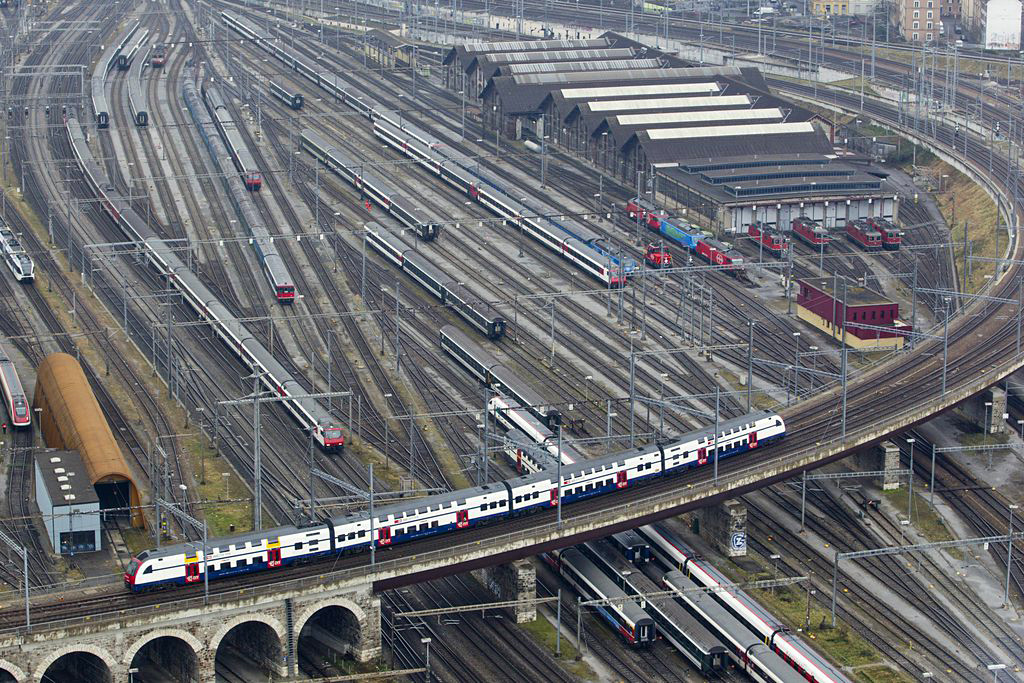
The Swiss Federal Railways not only operates the densest train network in the world, it also coordinates trains with other means of public transport. The upshot is that the system’s popularity has pushed it to its limits.
With popular backing the government has been promoting public transport. As a result, more than two million people – a quarter of the population – have a half-price pass. The Railways’ slogan “Those with a brain take the train” is not only a household name in Switzerland; many also follow the call.
In 2010, every person would have travelled 2,875 kilometres by public transport, a 40 per cent increase since the turn of the century. The average number of annual trips rose 30 per cent to 225 per head, according to the Association for Public Transport.
But maintaining such a well-oiled system comes at a very high cost. Parliament has approved SFr9.5 billion ($10.2 billion) in taxpayers’ money for operating and maintaining the network over the next four years. The Swiss on average spent ten per cent of their household budget on mobility in 2010, according to a government survey.
And passenger numbers are set to increase further. The government forecasts a 60 per cent rise for passenger traffic and 70 per cent for freight by 2030. According to Transport Minister Doris Leuthard expanding infrastructure will be one of the major challenges facing country over the next 40 years.
“We’ll have to find solutions for our increasing mobility,” Leuthard told participants at a recent meeting on infrastructure. “We not only have to ask whether we give the right incentives, make the right allocations, and take the right measures, but our policies will also have to be acceptable for politicians and the people.”
To deal with capacity constraints and network expansions, Switzerland will construct new lines, bypasses and tunnels. The government is also working on improving how the network is utilised, shifting some traffic back onto the road, and alternative pricing schemes. All of that will be required along with novel ideas and models, Leuthard said.
A simple solution to level out rush-hour peaks – proposed by the initiators of the project Future Urban Mobility – is, for example, to promote telecommuting one day a week, a proposal that would cut traffic rates to levels of the quieter summer period.
Wrong incentives
But implementation is often not that simple. The Federal Railways is funding research at St Gallen University to study changes in consumer patterns. Among other things, the experts are investigating how price policies may be used to steer customer flows, according to the head of the project, Christian Laesser.
“Mobility has been promoted for years by giving the wrong incentives. Now the system is unaffordable and we commute too frequently and too far,” Laesser told swissinfo.ch, adding that “today, it’s not a question of whether commuters will have to contribute more to costs, it’s how much more and with what system”.
But any change in mobility patterns also affects people’s lives, because traffic policy has historically been tied to social and environmental policies, Laesser warned. As a result, fiddling with one part of the system may cause a ripple effect, affecting real estate prices and job availabilities, Laesser explained.
According to Laesser it is, however, understood that mobility costs have to become more transparent and that they should be a bit more, but not entirely causative. Today, about half the fares are publicly subsidised.
Infrastructure investments are funded by various duties and levies, value-added tax, fuel tax, a road tax applied to heavy vehicles and treasury loans. Costly long-term projects such as new tunnels on the alpine transit routes, connections to the European high-speed rail network and noise abatement are set to cost at least SFr30.5 billion ($32.6 billion).
Balancing act
“It’s a balancing act: You don’t want to end up with structures you can’t afford in the future,” Markus Giger, responsible for rail traffic at the Federal Transport Office, told swissinfo.ch. “Every initial investment has consequential costs, and any expanding network will be more expensive to operate and maintain.”
It is precisely this finely branched network along with the regular-interval timetable, affordable train passes and the fact that a single ticket covers a journey with different operators, which make the system so popular, explains Andreas Theiler from the lobby group Pro Bahn Schweiz.
“To put it in a nutshell: our group, whose job it is to challenge the quality of public transport in Switzerland, is actually quite superfluous,” Theiler told swissinfo.ch with a twinkle in his eye. “We’re complaining at a high level.”
The main objections are reduced services, the closure of unprofitable regional train lines and fare increases. This year, tariffs are set to rise 5.6 per cent on average. The price for a first-class travel pass will increase 8.4 per cent to SFr5,800.
Pro Bahn understands commuters’ concerns, but at the same time it points out that flat fees, which do not cover the costs sufficiently, cannibalise normal tariffs. A first-class travel pass cost SFr800 in 1914, which would correspond to SFr13,560 at today’s prices. The half-price card today costs at least ten times less, Theiler said.
Bitter markup
Still, every markup is bitter, Pro Bahn said. “Fare hikes are acceptable if they’re in line with inflation,” Theiler said. “The Federal Railway’s eternal argument that it’s simultaneously expanding services is not valid as most people who have to foot the bill will not benefit from selective improvements.”
Either way, the proposed tariff increases are only a foretaste of what is to come. Following years of promoting the use of this environmentally friendly means of transport, there are today more and more advocates of a costs-by-cause principle.
“Customers will be asked to pay more in the future,” Giger said. Although any discussions about changes of payment systems have whipped up feelings in the past, for experts the days of the Swiss travel pass as it exists today are numbered.
“Look on the bright side: If there is no rail pass anymore, usage will likely drop,” Theiler said. “In such a scenario we would at least not need to worry about capacity bottlenecks.”
As it is with many of its showpieces, Switzerland was not the quickest to embrace a new idea but the most thorough. The first railway station in Switzerland was built in Basel in 1845 by Alsace Railway to serve trains it was running across the border from France. There were no connecting tracks on the Swiss side.
The first train, which whisked fresh bread from Baden bakers to Zurich customers, did not take to the rails until two years later, on a track roughly 70 kilometres away from Basel. The Spanisch-Brötli Bahn remained the only line within Switzerland for the next seven years.
This paradox reflects Swiss cautiousness towards innovation. While neighbours France and Germany were seized by railway fever, building several thousand kilometres of track in the 25 years following the opening of the first passenger railway in 1825, the Swiss did not lay a single rail.
Only the prospects of business through industrialisation, trade and tourism, fuelled the construction of railways in the 19th century. In the 1870s, entrepreneurs started to use rack-and-pinion systems to climb up steeper slopes. Before those, tourists were carried up the mountains in litters – like Queen Victoria who visited Mount Rigi above Lake Lucerne in 1868, just three years before the train.
The railways subsequently changed how and where people lived: they became more mobile. In the first 50 years, the number of journeys taken went up 100-fold. Today, more than 350 million people are transported every year.

In compliance with the JTI standards
More: SWI swissinfo.ch certified by the Journalism Trust Initiative
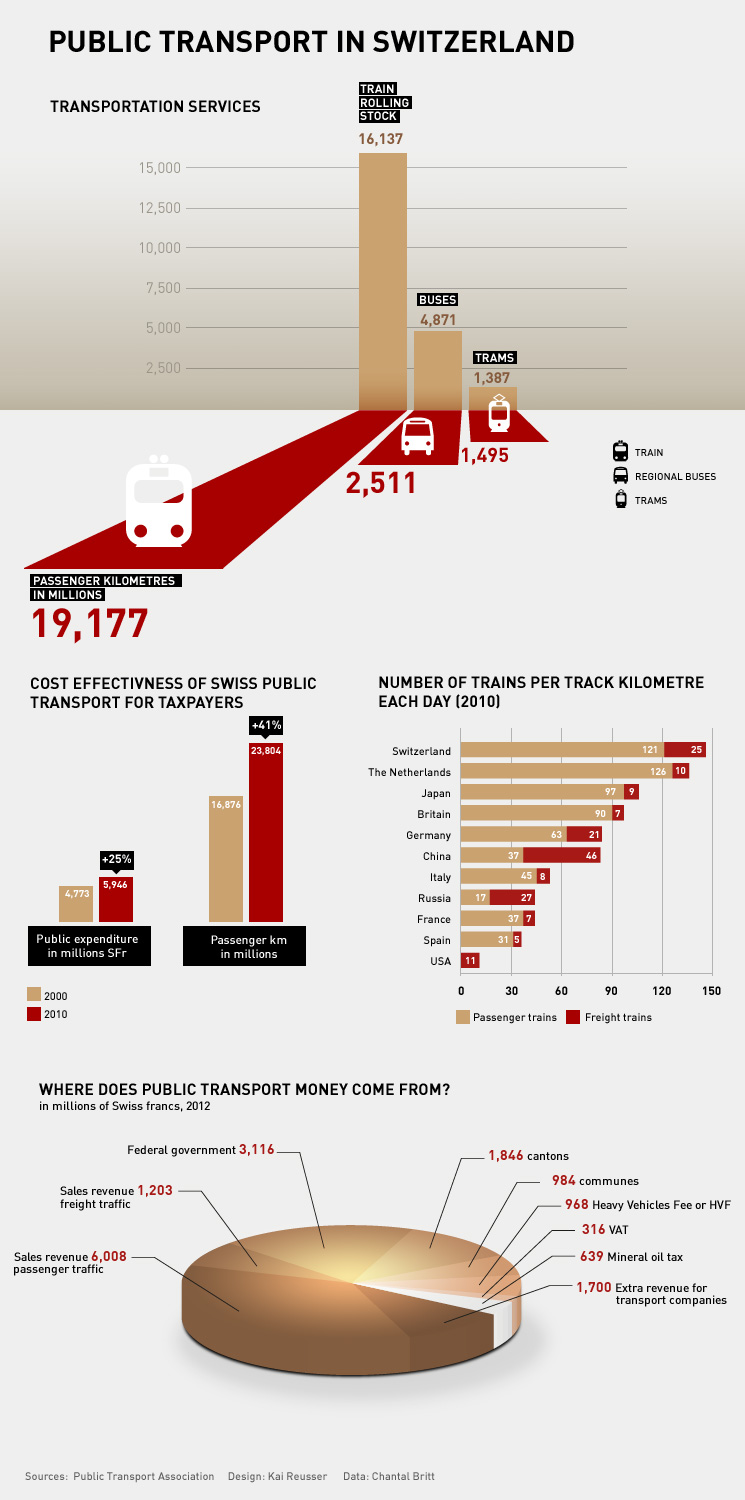
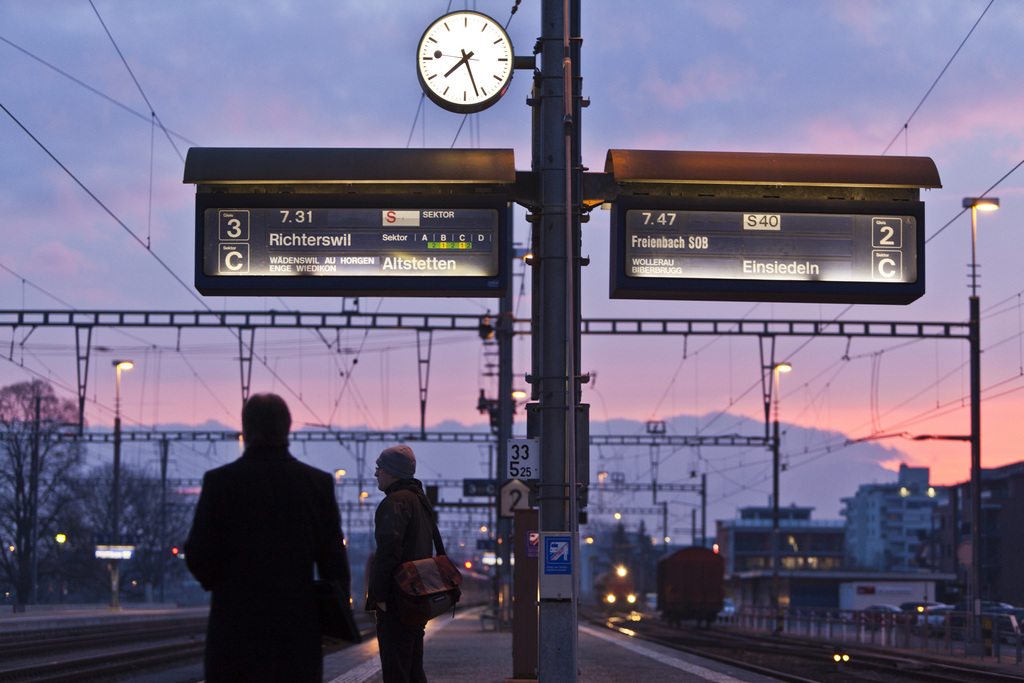
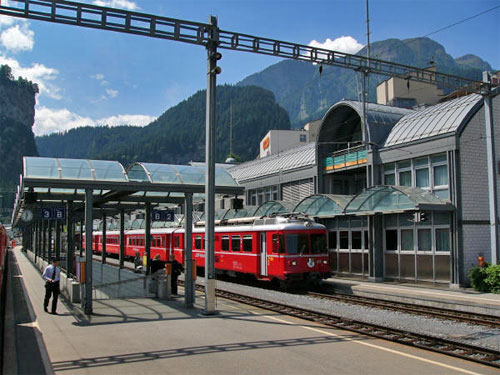
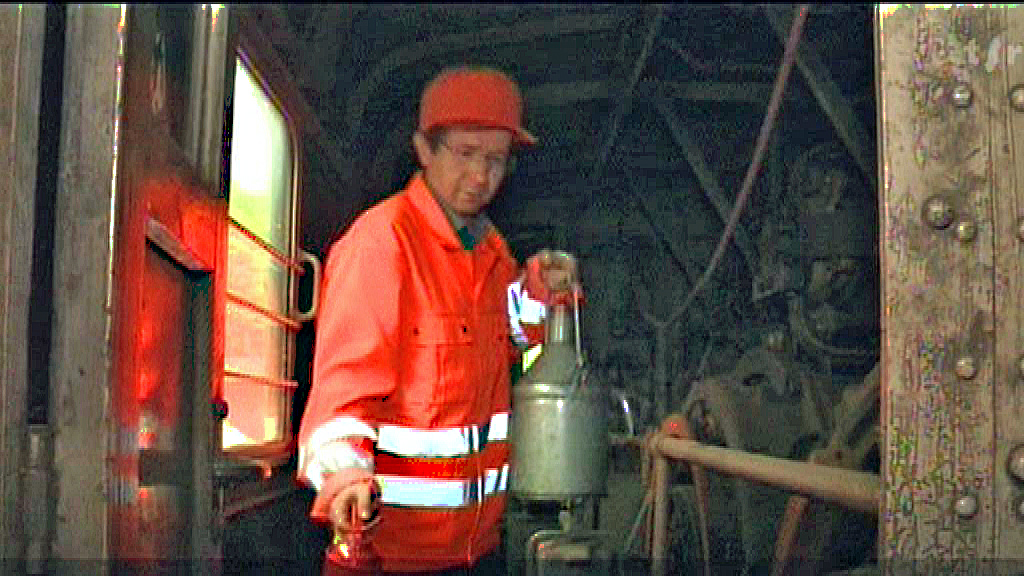
You can find an overview of ongoing debates with our journalists here. Please join us!
If you want to start a conversation about a topic raised in this article or want to report factual errors, email us at english@swissinfo.ch.